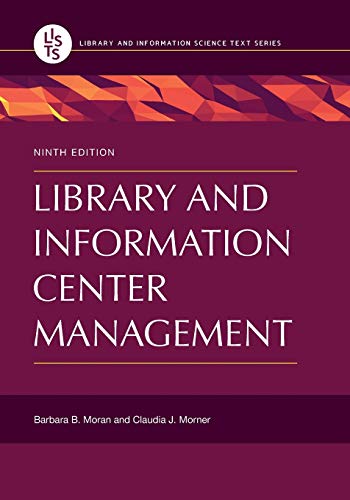2. You are a library director in an academic library in 1938long before the advent of any...
Question:
2. You are a library director in an academic library in 1938—long before the advent of any computer technology in libraries. It is the era of typewriters and adding machines (both non-electric), of duplicate hand-written or typed book cards, of typing short-form original cataloging if LC cards are not available. Of course, OCLC does not exist. The only national catalogs are in book form and only that of the Bibliotheque Nationale, completed to the letter “R,” offers much assistance in searching.
Your library is a typical one with a small collection and a small staff. The educational preparation for librarians is a fifth year bachelor’s degree (BLS)
from a library science program, and librarians perform many tasks, which are essentially clerical in nature. Their pay is low. Some reference service is provided, but little effort is put into teaching students, especially on a formal basis, about the use of the collections. Book selection in the library is done by interested faculty, not librarians. The acquisition budget is small and the collection is composed almost entirely of books and journals since only the largest libraries hold any type of audio-visuals or microfilm. The librarians on your staff have had little input into decisions made by you. Only a few cooperative library ventures are in existence, and your library is not a part of any of them. It operates in relative isolation with no formal relationships with other libraries or librarians outside of your own institution.67 As a library director in that library, what management theories might you rely on to operate your library? Would you be relying on the same theories if you were managing a 21st century academic library? What are some of the factors that account for the differences in the style of management?
Step by Step Answer:

Library And Information Center Management
ISBN: 115435
9th Edition
Authors: Barbara B.Moran , Claudia J.Morner





